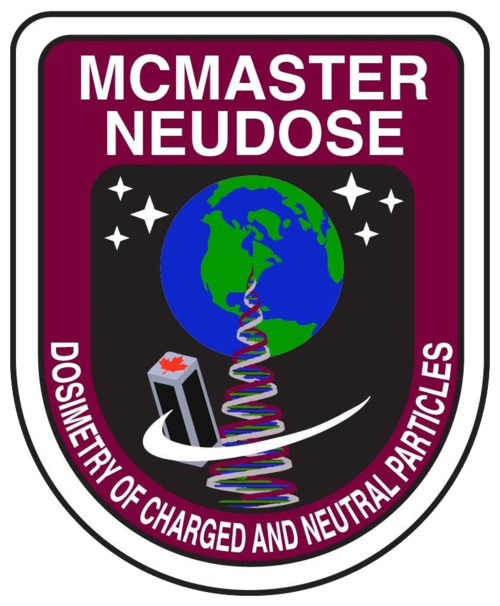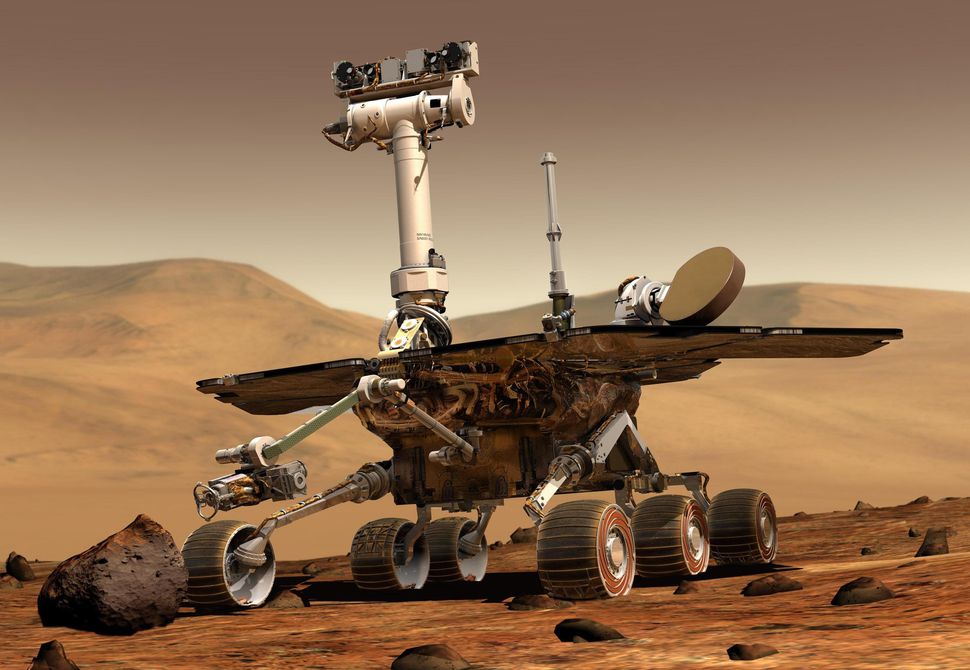On February 13, NASA had declared the Opportunity rover had officially ceased communication. Opportunity was deployed in 2003 and was anticipated to operate for 90 days, but has remained functional for a record 15 years. Opportunity’s mission was to analyze Martian soil for traces of water, of which it has confirmed is present. The mission results validate and encourage our desire to explore the red planet.
Our NEUDOSE mission seeks to ensure that humanity will be able to perform safer space travel, with a more advanced knowledge of the effects of solar radiation on humans outside our Earth’s protective magnetosphere. Our CNP-TEPC (Charged and Neutral Particle - Tissue Equivalent Proportional Counter) instrument allows us to distinguish between ionized and non-ionized radiation and to estimate doses received during space travel.















